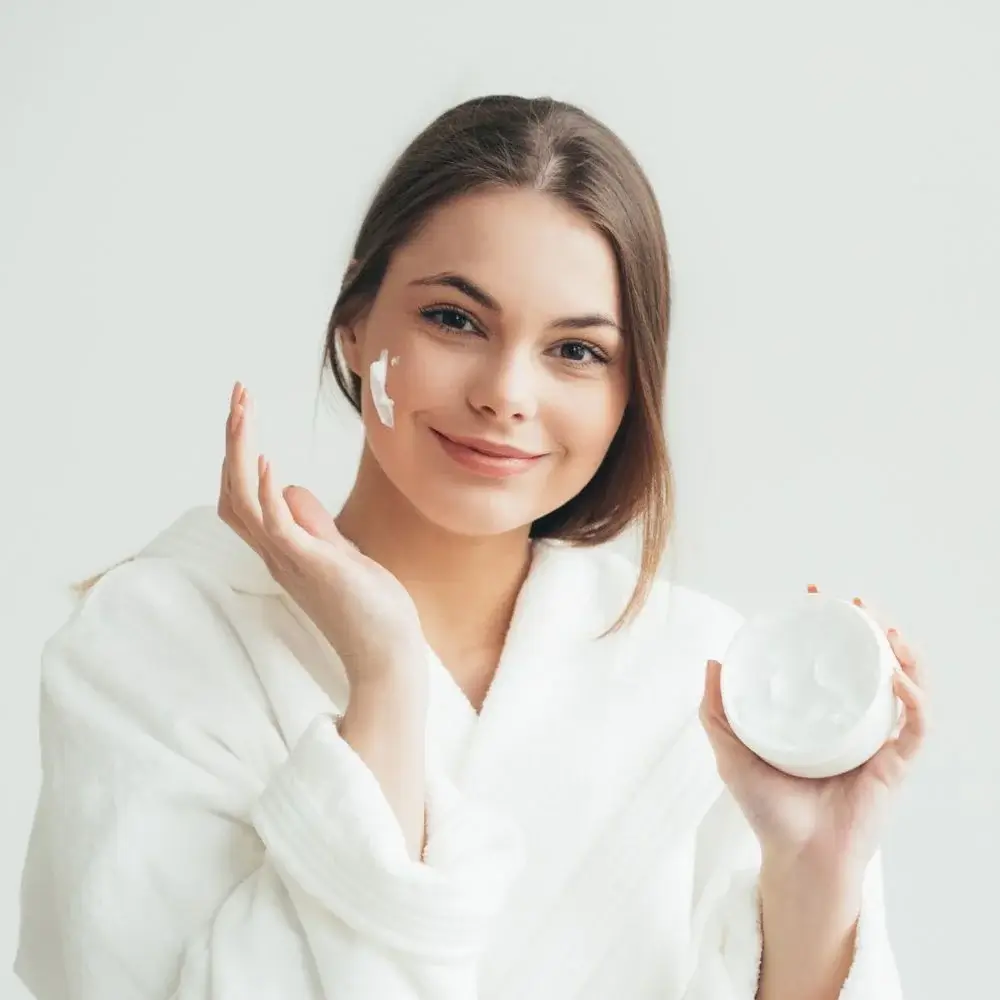Fungal acne is a type of acne that is caused by overgrowth of yeast in the hair follicles. Unlike traditional acne, fungal acne doesn’t respond well to traditional acne treatments. Therefore, it’s important to use the right products, including moisturizers, to keep fungal acne under control. However, choosing the right moisturizer for fungal acne can be confusing, considering how many options are available. This blog post help you choose the right moisturizer for fungal acne.
Look for Non-Comedogenic Formulas
When choosing a moisturizer for fungal acne, it’s important to look for a non-comedogenic formula. Non-comedogenic formulas don’t clog pores, which can help keep fungal acne from worsening. Look for moisturizers with “non-comedogenic” or “oil-free” labels on the packaging.
Avoid Moisturizers with Certain Ingredients
Some ingredients in moisturizers can trigger fungal acne. For example, fatty acids, esters, and polysorbates can feed the yeast in your hair follicles and cause overgrowth. Heavy oils like coconut and olive oil can also clog pores and make fungal acne worse. Therefore, it’s important to avoid moisturizers that have these ingredients. Instead, choose formulas with soothing ingredients like aloe vera, green tea, or chamomile.
Use Moisturizers with Antifungal Properties
To fight fungal acne, it’s important to use a moisturizer that has antifungal properties. Look for moisturizers containing tea tree oil, honey, or propolis. These ingredients have antifungal properties that can help control the yeast in your hair follicles.
Don’t Overdo it with Moisturizer
While keeping your skin hydrated is essential, you don’t want to overdo it with moisturizer. Applying too much moisturizer can clog pores and make fungal acne worse. Therefore, it’s essential to use the right amount of moisturizer. A pea-sized amount is usually enough to hydrate your entire face.
Review Different Formulas
Finally, reviewing different formulas to see what works best for your skin is essential. Different people react differently to different products. Therefore, it’s essential to find a moisturizer that works for you. Start by reviewing different formulas on a small skin patch and observe any changes in your skin.
Choosing the right moisturizer for fungal acne can be daunting, but it’s not impossible. Following the tips in this blog post, you can find a moisturizer that hydrates your skin without worsening your fungal acne. Remember to review different formulas, avoid certain ingredients, use antifungal properties, and don’t overdo it with moisturizer. With these tips in mind, you can keep fungal acne under control and achieve healthy, glowing skin.
Say goodbye to the constant trial and error of finding the best moisturizer for your fungal acne. We understand the frustration of trying product after product, only to still be left with pesky bumps and irritated skin. That's why we've done the legwork for you and scoured the internet to find the best moisturizer tailored to fungal acne. So click the link and discover your next holy grail moisturizer that will effectively target and alleviate your fungal acne. Your skin will thank you.
What causes fungal acne, and how does it develop?
Fungal acne, or pityrosporum folliculitis, is caused by an overgrowth of the yeast Malassezia on the skin. This yeast is a typical skin inhabitant, but an imbalance can trigger its proliferation, leading to inflamed follicles. Sweat, humidity, and occlusive clothing can contribute. The yeast feeds on sebum, producing fatty acids that irritate hair follicles, resulting in small, itchy, acne-like bumps. These bumps develop when the yeast colonizes hair follicles, leading to inflammation and abscess formation. Proper hygiene, antifungal treatments, and avoiding triggers help manage fungal acne. Regular exfoliation and topical antifungal agents can aid in controlling its development.

What are the common symptoms of fungal acne?
Fungal acne typically presents as small, itchy, acne-like bumps on the skin's surface. These bumps are often uniform in size and shape, resembling whiteheads or pimples. They can be red or skin-colored and tend to cluster around hair follicles. Unlike traditional acne, fungal acne usually lacks blackheads and is more likely to appear on the chest, back, shoulders, or forehead. It may cause discomfort and irritation. If left untreated, it can spread and worsen over time. Consulting a dermatologist is advisable to accurately diagnose and appropriately manage fungal acne based on its distinctive symptoms.

What role does a moisturizer play in managing fungal acne?
Moisturizers play a crucial role in managing fungal acne. They help maintain the skin's moisture balance, preventing excessive dryness that could trigger the overproduction of sebum—a food source for the yeast causing fungal acne. However, selecting a non-comedogenic, oil-free, or fungal-acne-safe moisturizer is vital to avoid exacerbating the condition. Such moisturizers hydrate the skin without clogging pores or promoting yeast growth. Besides, they provide a protective barrier, reducing irritation and helping the skin recover. An appropriate moisturizer can soothe inflamed skin, support healing, and complement antifungal treatments in effectively managing fungal acne.

How do fungal acne-friendly moisturizers help in managing the condition?
Fungal acne-friendly moisturizers are specifically formulated to manage the condition by addressing its unique needs. They are non-comedogenic and won't clog pores or contribute to yeast proliferation. These moisturizers often exclude certain ingredients that can exacerbate fungal acne, such as oils and fatty acids. Instead, they focus on lightweight, fungal-safe ingredients that hydrate without promoting yeast growth. By maintaining skin moisture balance and providing a protective barrier, these moisturizers reduce inflammation, soothe irritation, and support the skin's natural healing process. Incorporating a fungal acne-friendly moisturizer into skincare routines can be pivotal in effectively managing the condition and promoting clearer, healthier skin.

How should I cleanse my face before applying a moisturizer for fungal acne?
When cleansing your face for fungal acne, opt for a gentle, non-stripping cleanser. Look for formulations without oils, fatty acids, or comedogenic ingredients. Use lukewarm water to wash your face, avoiding extremes in temperature. Gently massage the cleanser using your fingertips, then rinse thoroughly. Pat your face dry with a clean towel, careful not to rub or irritate the skin. After cleansing, apply a fungal acne-friendly moisturizer that is lightweight, non-comedogenic, and free of potential irritants. This routine helps maintain skin hydration, manage fungal acne, and create an optimal environment for effective moisturizer absorption.
Should I adjust my moisturizer usage based on the severity of my fungal acne flare-ups?
Adjusting moisturizer usage based on the severity of fungal acne flare-ups is advisable. Consider applying the moisturizer sparingly during more intense outbreaks and focusing on affected areas. Opt for lighter, non-comedogenic options that won't exacerbate the condition. You can use moisturizer more generously in milder periods to maintain skin hydration. Always prioritize fungal acne-friendly products and monitor your skin's response. Consulting a dermatologist for personalized guidance is recommended, especially if flare-ups persist. Adapting moisturizer usage according to the severity of flare-ups helps strike a balance between skin nourishment and managing the condition effectively.







